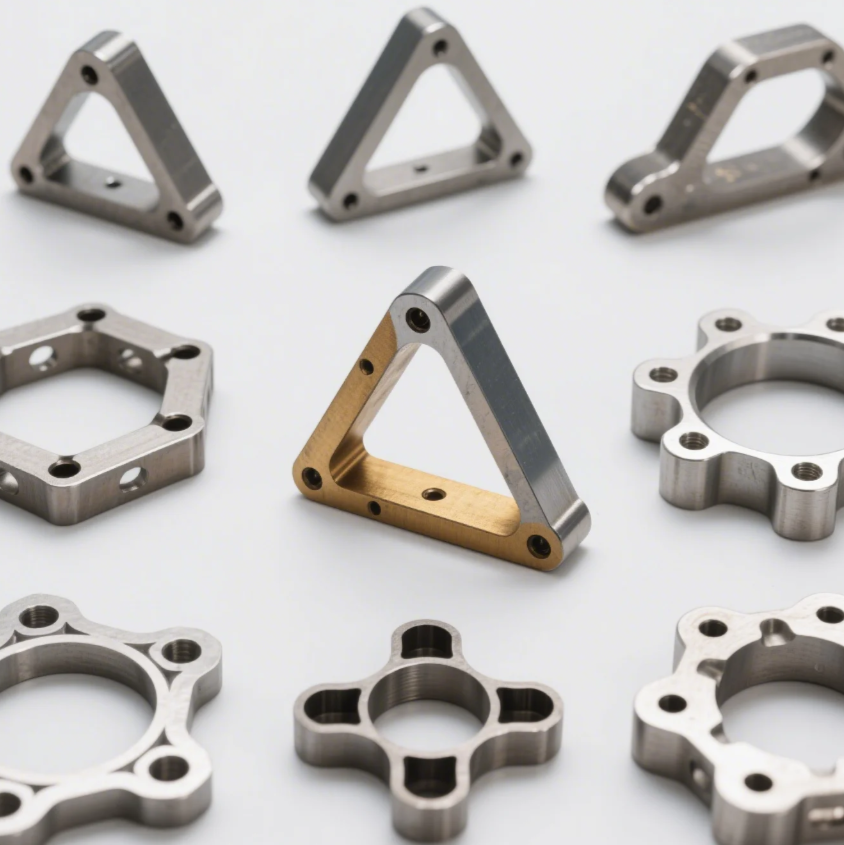What is a hybrid structure?

A hybrid structure combines elements from two or more distinct systems or approaches, providing the flexibility to adapt to various needs. This adaptable model is becoming increasingly popular across different industries.
Snippet paragraph: A hybrid structure blends different organizational or work models to combine the strengths of each, offering flexibility and adaptability.
The hybrid structure can be applied in a variety of contexts, from organizational frameworks to work models. Let’s explore what makes this structure so versatile.
What is an example of a hybrid structure?
An example of a hybrid structure can be found in many modern organizations, where a combination of functional and divisional structures is used. For instance, a company might organize its teams based on departments (such as marketing or finance) while also dividing work by product lines or geographical regions. This allows the company to maintain specialized departments while also adapting to the needs of specific products or markets.
Snippet paragraph: A hybrid structure in business blends functional and divisional elements to offer both specialization and flexibility.

Dive-Deeper paragraph:
In a hybrid structure, the organizational framework doesn’t strictly follow one model. Instead, it combines the benefits of multiple models to address the complex needs of a company. For example, a tech company might use a functional structure for specialized departments (e.g., finance, HR, and marketing) but adopt a divisional approach for product development or customer service. This combination helps balance efficiency with the flexibility needed to adapt to market changes.
In practice, hybrid structures allow organizations to meet both the operational needs of specialized departments and the unique demands of product lines or geographic regions. This structure can lead to enhanced innovation and faster decision-making, as different teams can collaborate while focusing on their distinct goals.
Advantages of Hybrid Structures:
| Advantage | Description |
|---|---|
| Flexibility | Adapts to both specialized and divisional needs |
| Efficiency | Maintains departmental expertise while serving diverse product needs |
| Innovation | Promotes collaboration across different divisions |
Hybrid structures are particularly effective in large organizations with diverse products or services, as they enable the company to address a broad range of challenges.
What is the hybrid structure?
A hybrid structure is an organizational framework that combines elements from various organizational models, aiming to optimize efficiency and adaptability. It may merge features of hierarchical, flat, matrix, or divisional structures. This type of structure provides greater flexibility, allowing an organization to adjust to different market conditions or business needs.
Snippet paragraph: A hybrid structure blends various organizational models to offer greater flexibility and adaptability in dynamic business environments.

Dive-Deeper paragraph:
A hybrid structure isn’t confined to a single blueprint; it combines different structures to create a system tailored to a specific business or industry. For example, a company might use a matrix structure for its project teams, allowing for cross-functional collaboration, while using a functional structure for its core departments, such as HR or accounting.
The hybrid approach allows organizations to enjoy the benefits of multiple structures while mitigating the weaknesses of each individual model. For instance, while functional structures provide expertise, they can create silos. A hybrid model can break down those silos by creating cross-functional teams for special projects, ensuring better communication and a more cohesive approach to problem-solving.
Hybrid Structure Characteristics:
| Characteristic | Description |
|---|---|
| Customization | Tailored to specific business needs and goals |
| Flexibility | Adapts to changes in industry or market demands |
| Collaboration | Combines different teams and departments for better cooperation |
A hybrid structure is ideal for organizations that face complex challenges and need to stay agile in fast-moving industries.
What is a hybrid work structure?
A hybrid work structure is a model that combines in-office and remote work, offering employees the flexibility to work from home while still maintaining a presence in the office when needed. This model became more popular after the COVID-19 pandemic, as companies and employees adjusted to the new reality of remote work.
Snippet paragraph: A hybrid work structure combines remote and in-office work, providing flexibility for employees while maintaining office collaboration.

Dive-Deeper paragraph:
The hybrid work structure allows employees to split their time between working from home and working in the office. This setup provides a balance of flexibility, allowing employees to work from the comfort of their home when tasks require focus and independence, while also offering opportunities for collaboration and social interaction in the office. Many companies have adopted this model, as it improves employee satisfaction and productivity, while also maintaining the collaborative aspects of office life.
Hybrid work models also enable companies to tap into a wider talent pool, as employees no longer need to live near the office to participate in the workforce. However, managing hybrid teams can be challenging, as it requires clear communication, flexible scheduling, and the right technology to support remote work.
Benefits of Hybrid Work Models:
| Benefit | Description |
|---|---|
| Flexibility | Employees have the option to work remotely or in the office |
| Work-life Balance | Helps employees manage their personal and professional lives |
| Cost Efficiency | Reduces office space needs, saving operational costs |
Adopting a hybrid work structure can help companies attract top talent, reduce costs, and increase employee engagement, making it a popular choice in modern workplaces.
What is a hybrid structure of a company?
A hybrid structure within a company refers to an organizational model that blends different structural approaches to achieve maximum effectiveness. For example, a company may have a functional hierarchy for general operations but use a team-based approach for specific projects or products. This allows the organization to have specialized departments while also fostering collaboration and flexibility in project work.
Snippet paragraph: A company’s hybrid structure combines elements of various models, optimizing efficiency while promoting flexibility and collaboration.

Dive-Deeper paragraph:
The hybrid structure of a company can be tailored to its specific needs. For instance, in a large corporation, departments like finance and HR might operate under a traditional functional model, while project teams working on new product development could be organized using a team-based or matrix structure. This flexibility allows the company to balance the benefits of specialization with the need for innovation and cross-department collaboration.
The hybrid structure provides a dynamic framework that can evolve as the company grows or faces new challenges. It allows organizations to respond to external market changes quickly and enables internal collaboration without losing the efficiency of specialized departments.
Hybrid Company Structure Example:
| Department | Structure Type |
|---|---|
| Finance | Functional (specialized financial operations) |
| Product Development | Matrix (cross-functional collaboration) |
| Marketing | Team-based (focus on specific product campaigns) |
By using a hybrid structure, companies can maintain efficiency in everyday operations while being flexible enough to adapt to changing demands or market opportunities.
Conclusion
A hybrid structure blends multiple organizational models, offering companies flexibility, innovation, and adaptability while maintaining operational efficiency.







